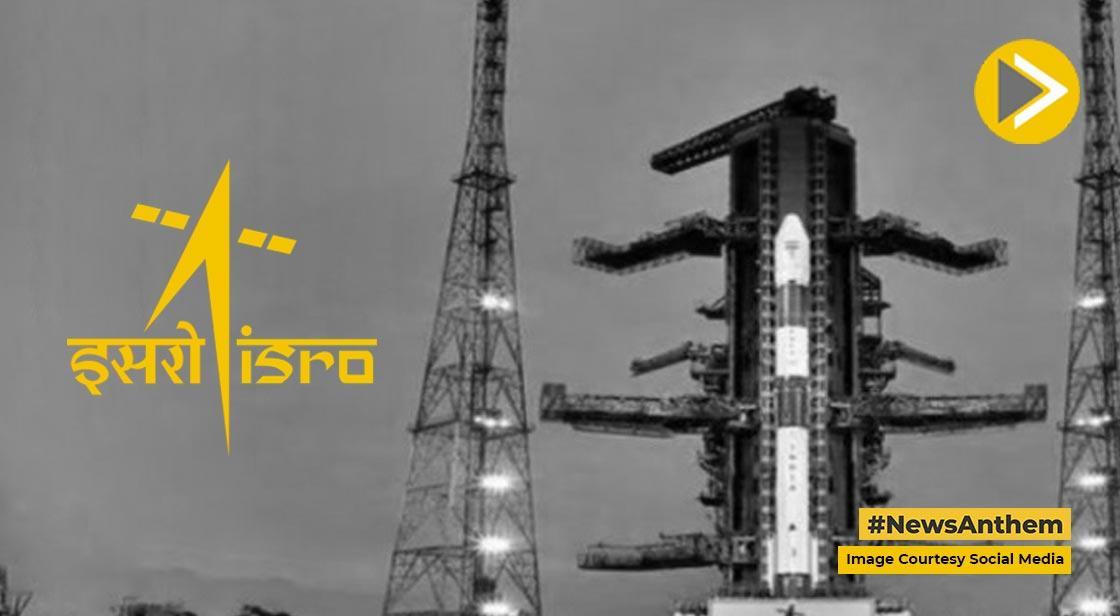ISRO Prepares for Chandrayaan-4 Mission, Scheduled for Launch in 2027

News Synopsis
The Indian Space Research Organisation (ISRO) is preparing for its most ambitious lunar mission yet—Chandrayaan-4. Scheduled for launch in 2027, this mission aims to collect and return lunar samples to Earth, marking a significant milestone in India’s space exploration journey. Building on the success of Chandrayaan-3, Chandrayaan-4 will involve advanced docking maneuvers and a complex multi-launch system to execute its objectives.
Chandrayaan-4: A Heavier and More Advanced Spacecraft
With an estimated mass of approximately 9,200 kg, Chandrayaan-4 will be substantially heavier than its predecessor, Chandrayaan-3, which weighed around 3,900 kg. This increase in weight is due to the sophisticated technology and additional modules required for the sample return process. The mission will consist of five modules, launched separately using two rockets—a departure from ISRO’s previous lunar missions.
Dual Launch Strategy for Chandrayaan-4
ISRO’s existing launch capabilities limit payload transport to geotransfer orbit (GTO) to around 4,500 kg per launch. To overcome this constraint, Chandrayaan-4 will require two separate launches using the LVM-3 launch vehicle. The first launch will deploy two modules, while the second launch, occurring a month later, will carry the remaining three modules. These modules will later dock in Earth’s orbit before proceeding towards the Moon.
Complex Docking and Lunar Landing Process
Speaking to The Times of India, ISRO Chairman V. Narayanan elaborated on the mission’s intricate docking and undocking maneuvers, which will occur in both Earth and lunar orbits. After launch, the modules will dock in Earth’s orbit, followed by a propulsion module transporting the combined spacecraft to lunar orbit. Once there, four of the modules will remain in orbit while two—including the ascent module—will separate and land on the lunar surface.
The lander will collect surface samples using robotic arms and specialized payloads. Once the sample collection is complete, the ascent module will take off from the lunar surface, dock with the remaining modules in lunar orbit, and transfer the samples into a re-entry module, which will return them safely to Earth.
New Technological Developments for Chandrayaan-4
To execute such a complex mission, ISRO is working on several new technologies, including:
-
High-capacity propulsion systems for inter-orbital maneuvers
-
Advanced docking mechanisms for module integration
-
Robotic arms for efficient sample collection
-
Re-entry modules for secure sample return
These innovations represent a major leap forward for India’s lunar exploration program, bringing the nation closer to conducting in-depth research on the Moon’s surface composition.
Chandrayaan-5: A Collaborative Mission with Japan
In addition to Chandrayaan-4, ISRO is also collaborating with Japan on the Lunar Polar Exploration Mission (Lupex), also known as Chandrayaan-5. This joint mission will focus on lunar water ice exploration and technological advancements in landing systems. The Lupex lander will weigh approximately 6,200 kg, and the rover will have a mass of 350-400 kg, significantly larger than Chandrayaan-3’s 26 kg rover. The mission will carry scientific instruments from India, Japan, the United States, and Europe, making it a globally significant project.
Conclusion
The Chandrayaan-4 mission marks a significant leap in India’s space exploration journey, paving the way for future lunar research and interplanetary missions. With its complex architecture, advanced technology, and international collaborations, ISRO is positioning itself as a key player in global lunar exploration. If successful, this mission will place India among the select group of nations capable of returning samples from the Moon, contributing valuable insights into the Moon’s geological history and resource potential.
You May Like









